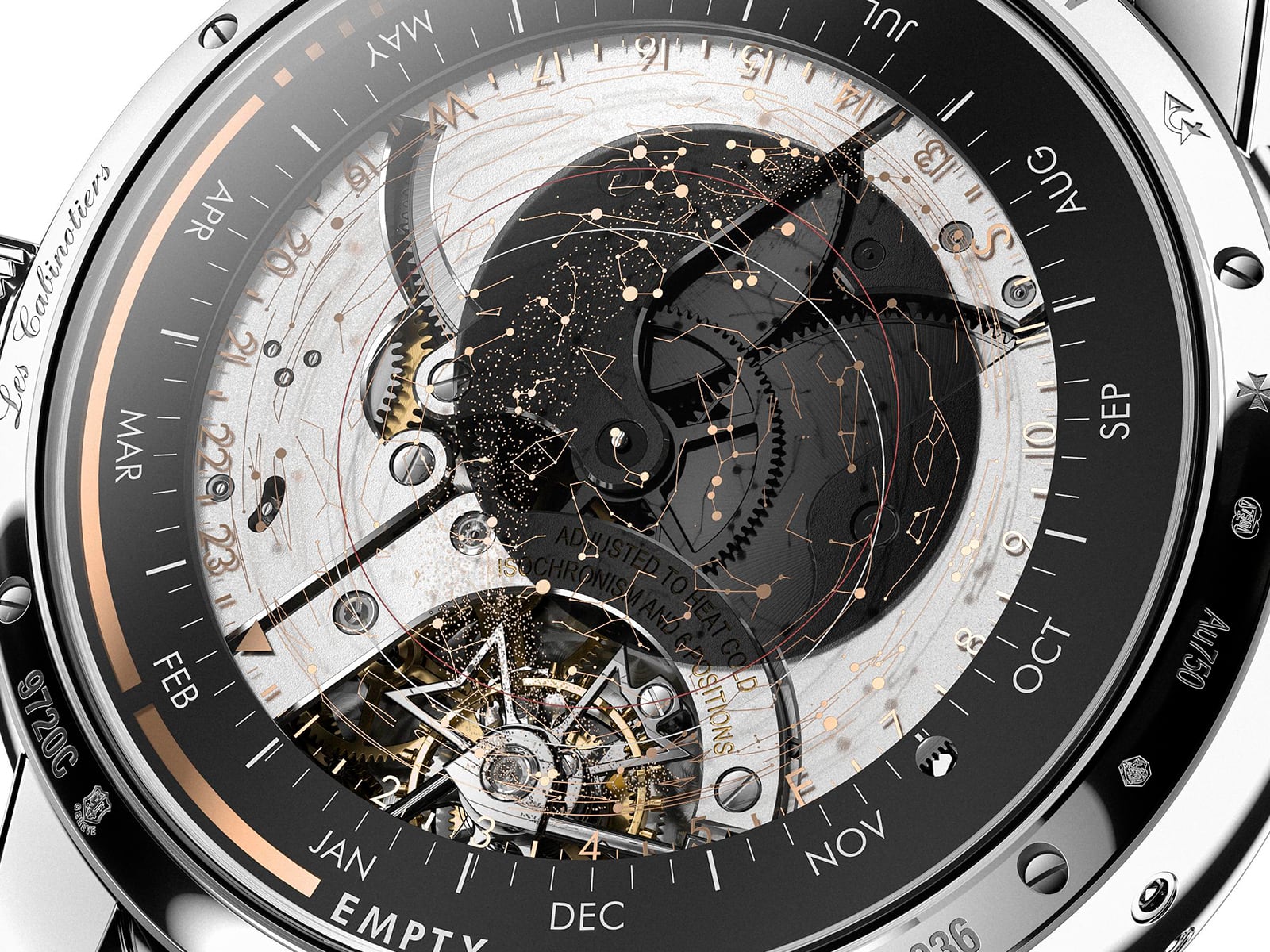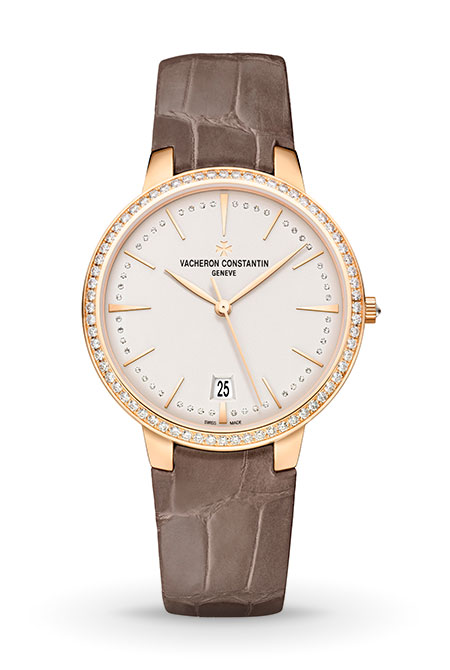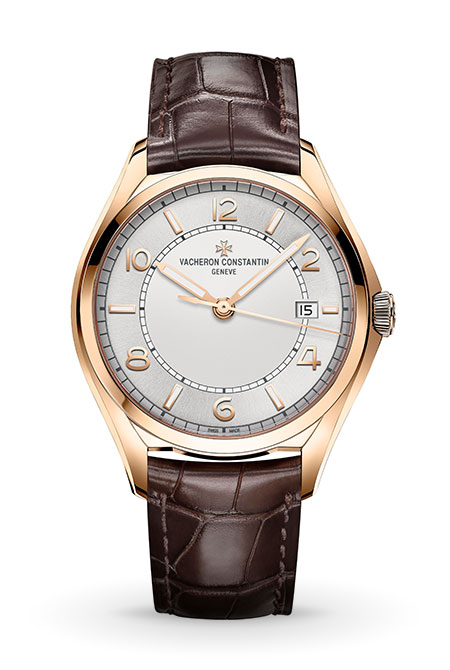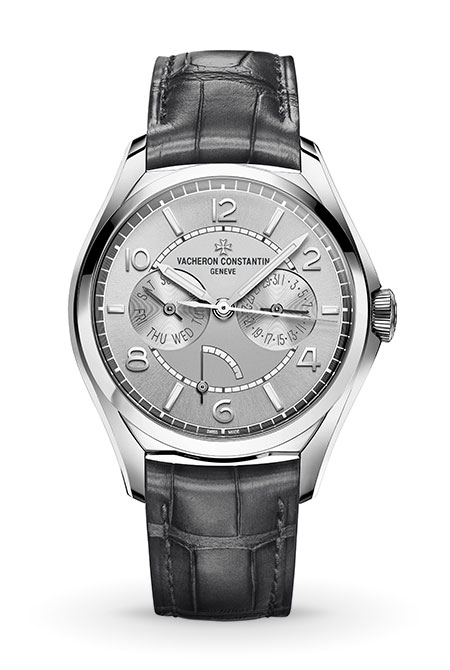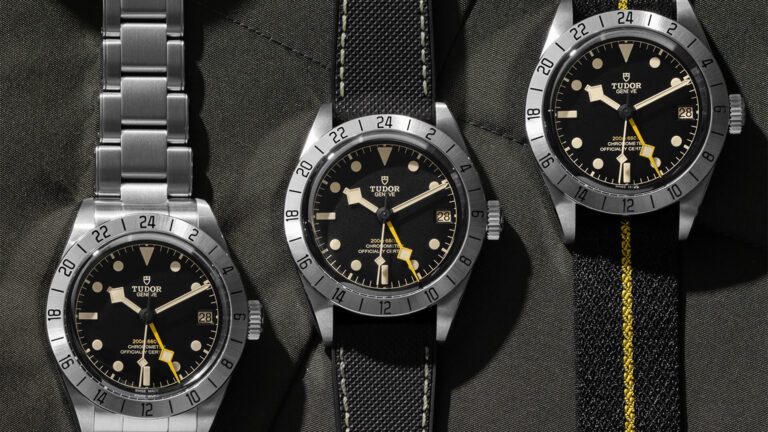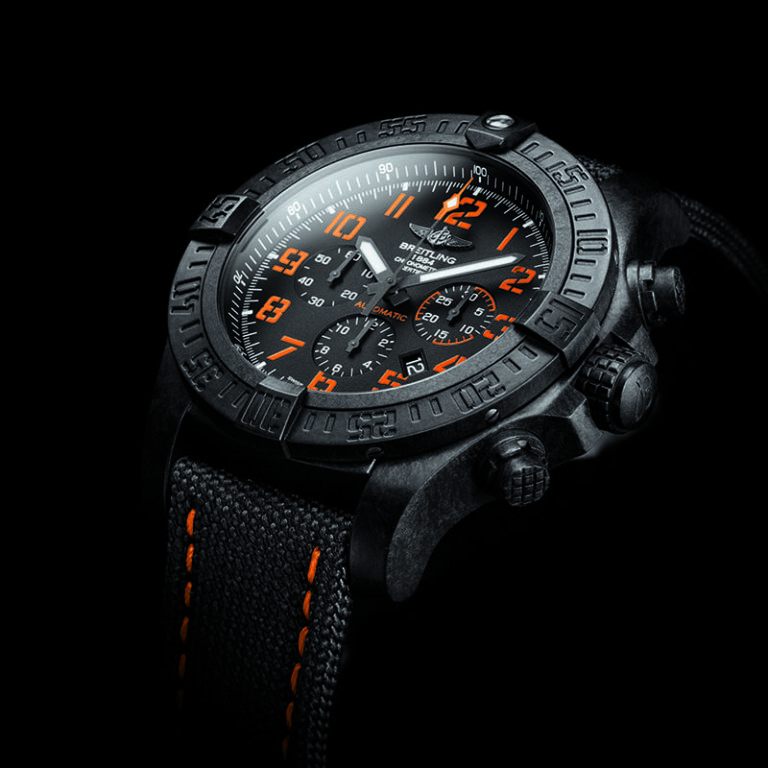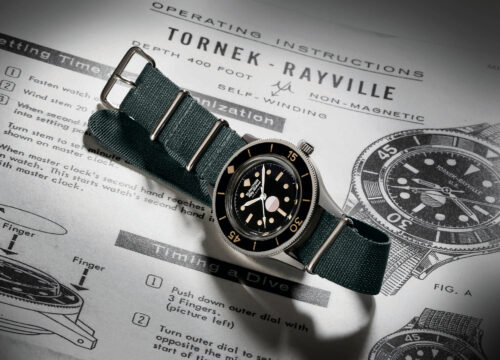SIHH REWIND
Exploring the Vacheron Constantin Les Cabinotiers Celestia Astronomical Grand Complication
The dust has barely settled on SIHH 2018 and we will soon be bringing you our thoughts and insights on the latest must-have models that will be available to purchase from our boutiques later this year. In the meantime, however, we thought this the perfect time to revisit in detail one of the undisputed highlights of last year’s show; the Vacheron Constantin Les Cabinotiers Celestia Astronomical Grand Complication 3600.
Les Cabinotiers
As one of the oldest watchmakers in the world, Vacheron Constantin has firmly established its place among the all-time greats of haute horology. Catering to an exclusive clientele, the brand is renowned for its custom-built watches, with notable commissioners throughout history including the likes of Tsar Alexander II and the Tsarina, Sir Bhupindra Singh, the Maharajah of Patiala, New York banker Henry Graves Jr. and of course, his compatriot, the famous early 20th-century automobile manufacturer, James Ward Packard, among many, many others. Today Vacheron Constantin’s “Atelier Cabinotiers Special Order” service continues on this proud tradition, resulting in some truly spectacular, and altogether unique timepieces.
In 2015, the Manufacture unveiled the Reference 57260, the most complicated watch ever created. An exceptional pocket watch, it boasts an astounding 57 complications, dwarfing that of its nearest competitor. Exquisite? Absolutely. Practical? Not quite so much, although that is hardly the point of such a demonstration of skill and mastery. Still, it seems only right that the company should take its learnings from that incomparable horological masterpiece and apply them in the creation of future models. And that is exactly what they have done, creating a one-of-a-kind wristwatch for a private client that is at once wonderfully complex and yet surprisingly user-friendly.



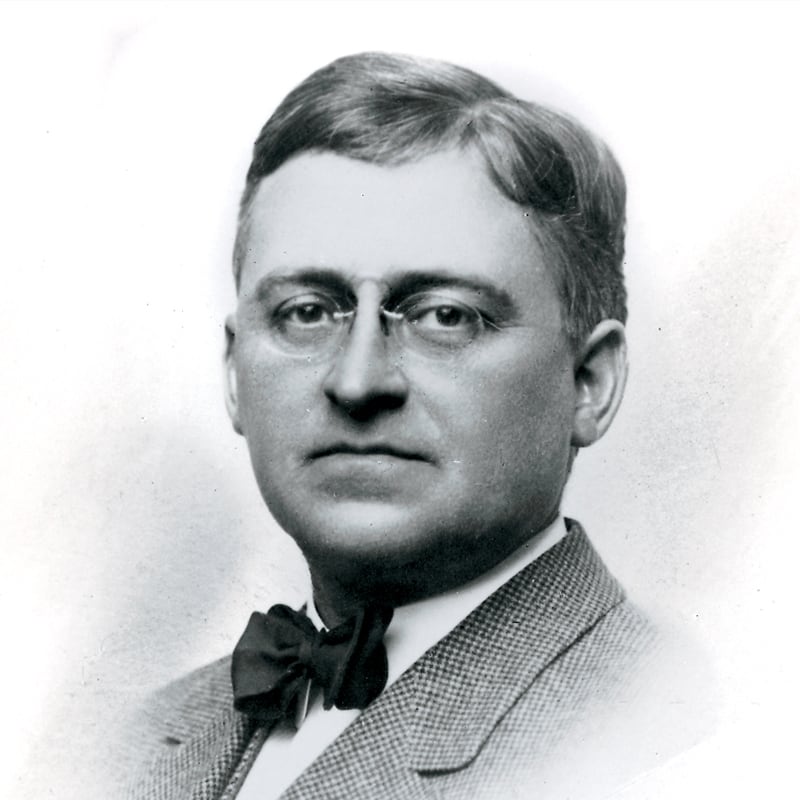
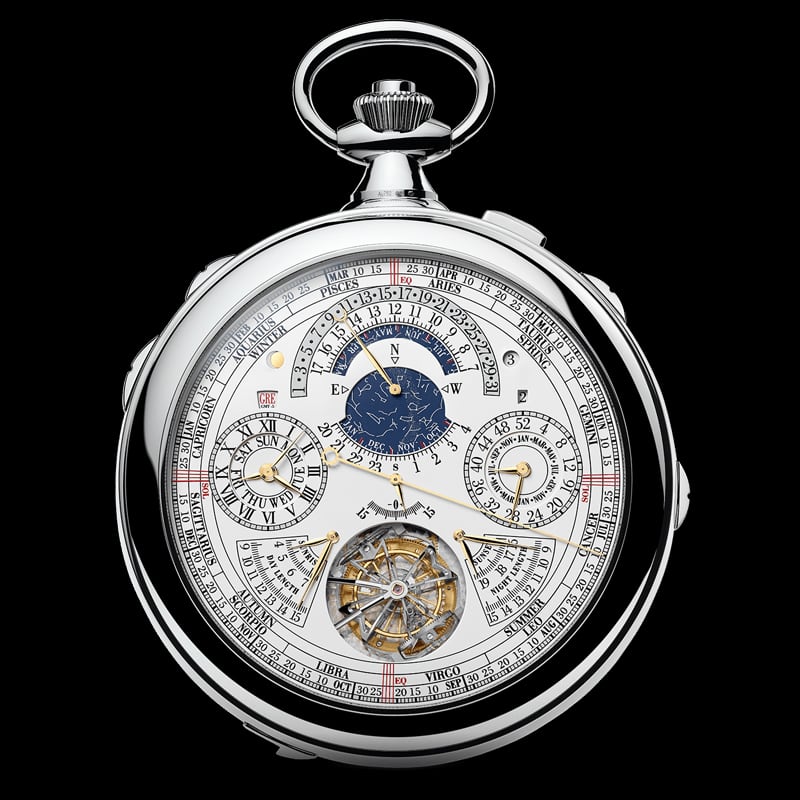
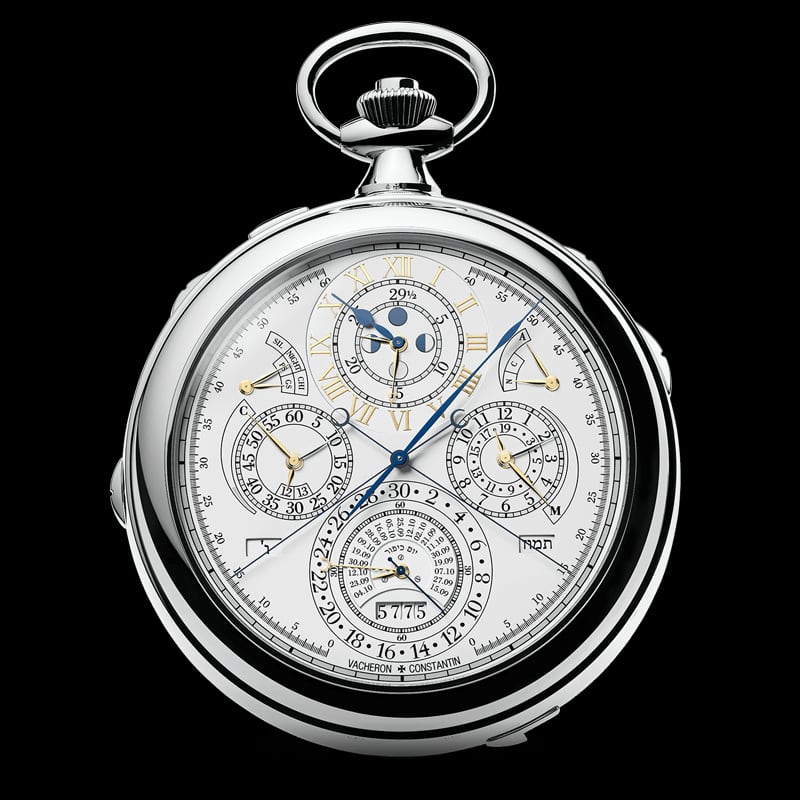
The Les Cabinotiers Celestia Astronomical Grand Complication 3600
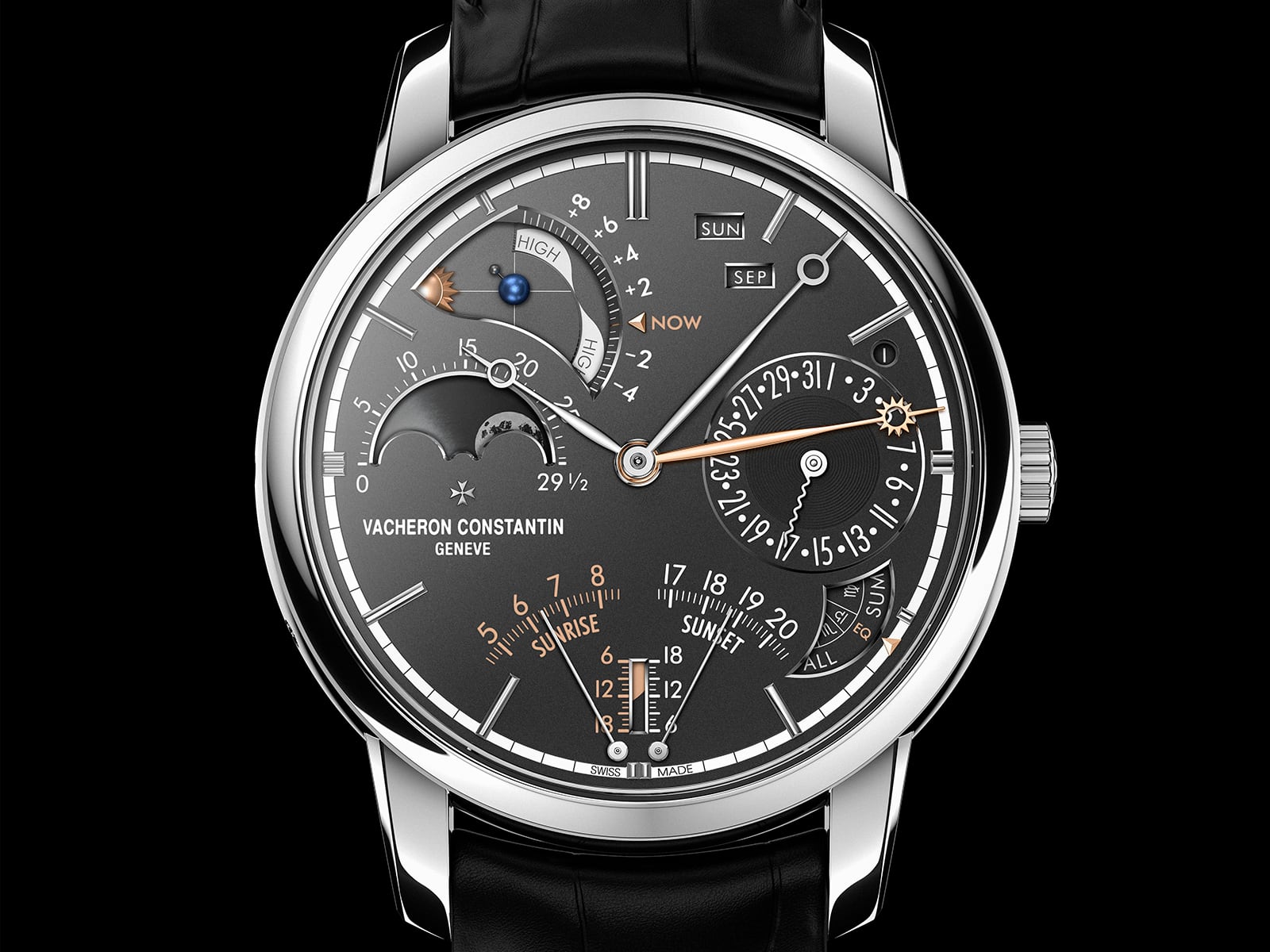
Celestial Glory
Since the earliest known civilizations, human kind has always been fascinated by the night sky. We have gazed upon the stars for millennia and developed ever increasingly sophisticated formulas and calculations to try and explain what we observe, drawing astounding conclusions about our place in the universe. In 2017, esteemed luxury watch manufacturer, Vacheron Constantin, attempted to encapsulate this sense of wonder into what is today still the brand’s most complicated wristwatch: the Les Cabinotiers Celestia Astronomical Grand Complication 3600 (‘the Celestia’).
As the name suggests, the focus of the Celestia timpiece is astrology, or rather, an exploration of astrological complications and yet, it offers so much more than just that. In total, in addition to displaying the regular hours and minutes, there are a staggering 23 complications displayed over two dials, all contained within a unique calibre that measures just 8.7mm thick. This translates into a very wearable 45mm round case crafted from 18k white gold and measuring just 13.6mm thick, which is comparable to many significantly less complex models on the market. Truly a remarkable feat of miniaturisation to say the least. Requiring five years of development and the involvement of a dedicated master-watchmaker, this exceptional model pushes the limits of innovation and excellence.
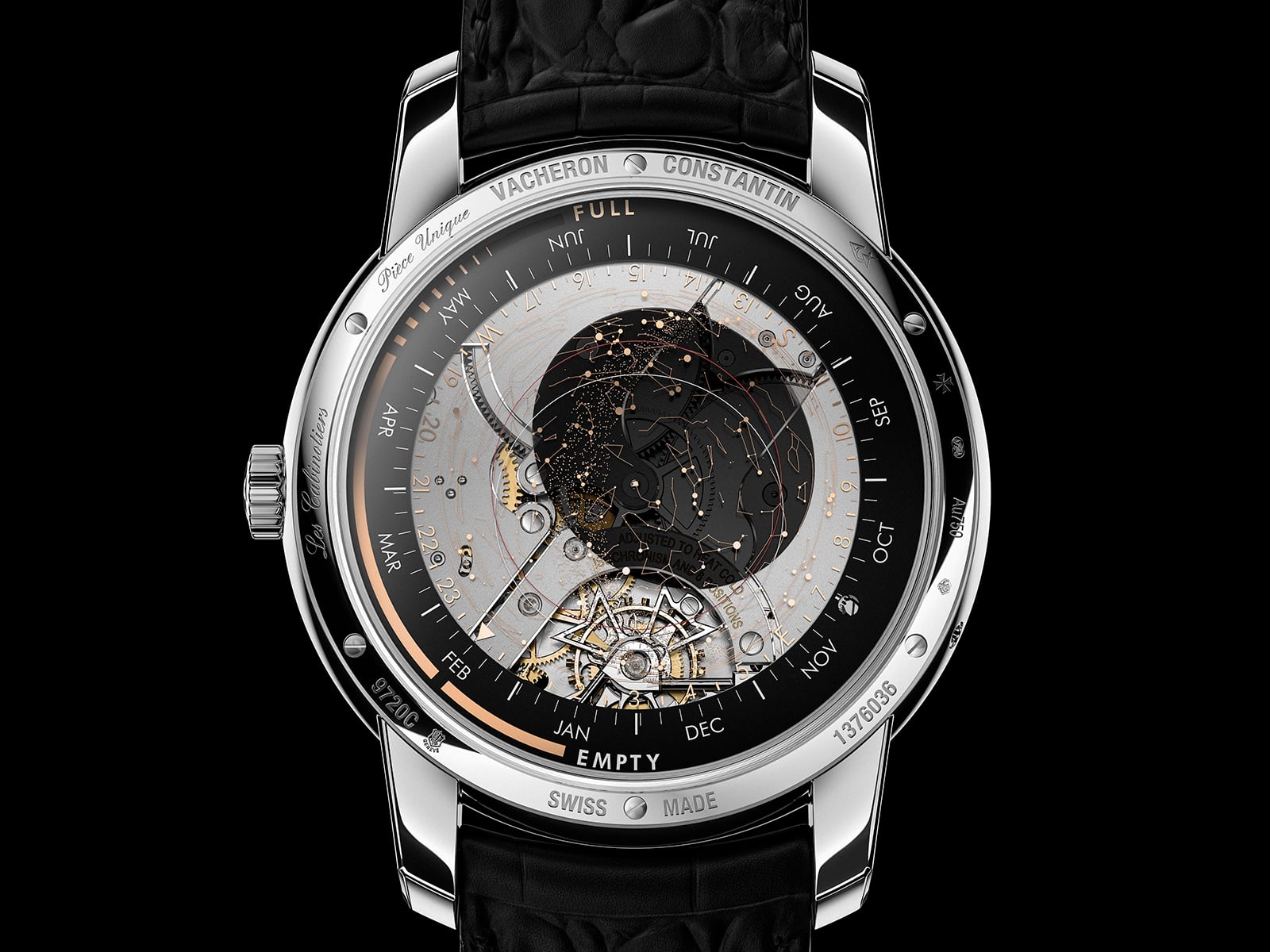
Civil Time
The Celestia allows for the reading of time in three modes – civil, solar and sidereal – with all three driven by their own separate gear trains. The first, civil, is the one we are most familiar with and is indicated centrally on the front dial by a pair of white gold open-tipped hands. For the sake of convenience, a civil year is comprised of 365 whole days, with an intercalary day – February 29 – added once every four years, to make up the discrepancy between how long a year actually lasts and what our calendar reflects. This is of course reproduced by the perpetual calendar complication, which indicates the day, month and year number (1 – 4) through apertures on the top right-hand side of the dial, as well as the date on the sub-dial at 3 o’clock.
Solar Time
The second, solar time or tropical time, is the amount of time it takes for the Earth to go around the Sun, which as you might expect is not a nice round number. Instead, the actual solar year is about 365 days, five hours, 48 minutes, and 46 seconds. The solar time is therefore indicated by the additional coaxial pink gold minutes hand with a cut-out sun, displaying what is referred to as an équation marchante or ‘running equation’ of time indication. Due to the aforementioned difference between apparent solar time and civil time (traditionally referred to as mean solar time), an apparent solar day can be 20 seconds shorter or 30 seconds longer than a mean solar day, and on a cumulative basis this results in mean time being ahead of apparent time by about 14 minutes near February 6 and behind apparent time by about 16 minutes near November 3. The equation of time is this difference, which is why the pink gold minutes hand runs ahead or behind the traditional minute hand as the year goes by, making it easy to determine which is which at a glance.
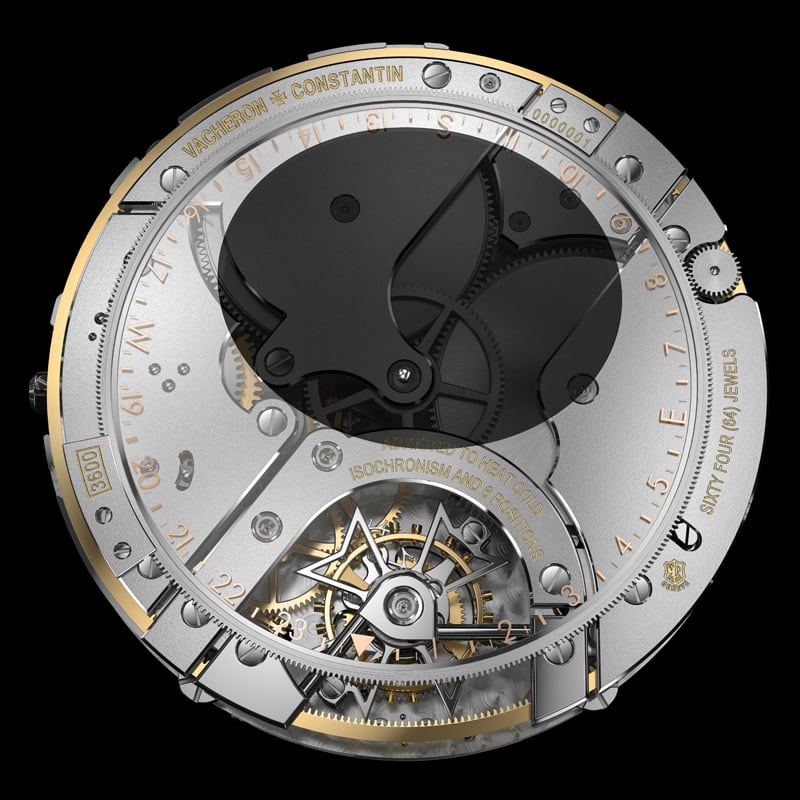
It’s worth noting here that a ‘running equation’ of time display adds a further layer of complexity to this already unusual complication. Most watchmakers opt for a hand sweeping a subsidiary dial or arc, graduated from -16 to +14 minutes, which requires the wearer to add or subtract the relevant number of minutes to calculate true time from mean time. This is a much simpler construction (relatively speaking of course), and also explains why for many years, the more sophisticated ‘running equation’ of time system was found only on pocket watches, although in more recent times it has begun to appear on a very small handful of wristwatches.
Keeping on the subject of adding additional complexity to the construction of the calibre, the same can can be said for the decision to use a separate gear train for the solar time display. As you’ve no doubt realised by now, the goal of Vacheron Constantin in creating the Celestia was not to do things the easy way, but rather the best way possible.
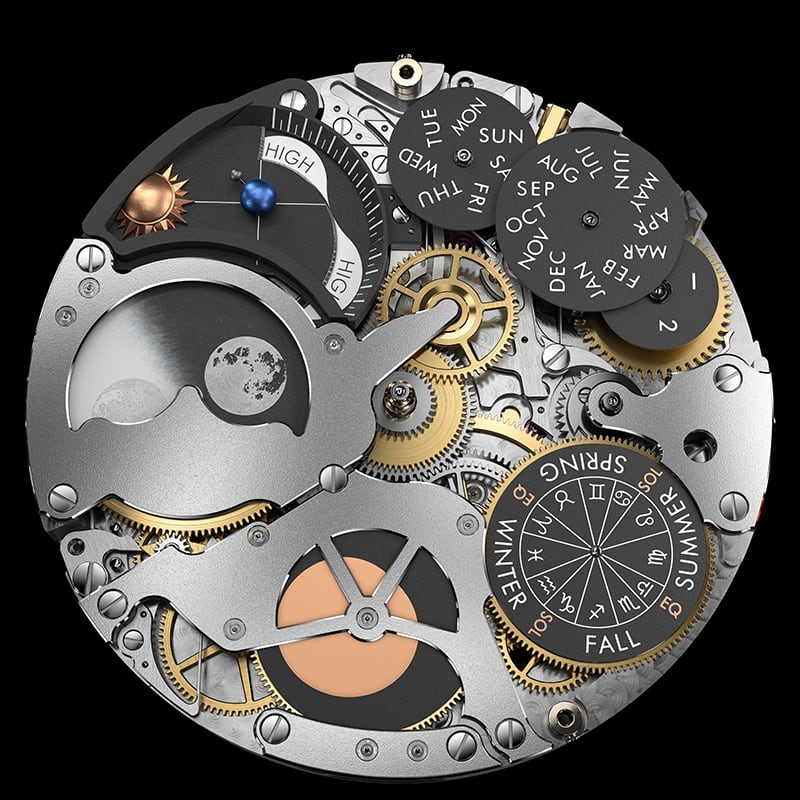
As such, this unique solar gear train only deviates by one day from a full solar year once every 150 years. Consequently, it allows for the improved accuracy of those indications that are determined by the astronomical year, such as the time of sunrise and sunset, the equinox and solstice display, and the length of day/night display, all of which are indicated across the bottom half of the dial in a surprisingly easy to read fashion.
The final complications displayed on the front dial (there are 15 in total) are of course the well-known moonphase at 9 o’clock, and the much less common mareoscope just above it. As you’ll soon see, however, they are familiar bedfellows. The former displays the age and phase of the moon throughout its 29 ½ day cycle, and also incorporates a clever day/night indicator. Beneath the transparent disk on which the moon is displayed is a second disk that completes a full rotation once a day. During the daylight hours it shows white before slowly rotating to black as the night comes on. The mareoscope meanwhile, offers a tide level indicator and a striking 3D rendering of the earth-moon-sun alignment, which has a direct impact on the height of the tides.
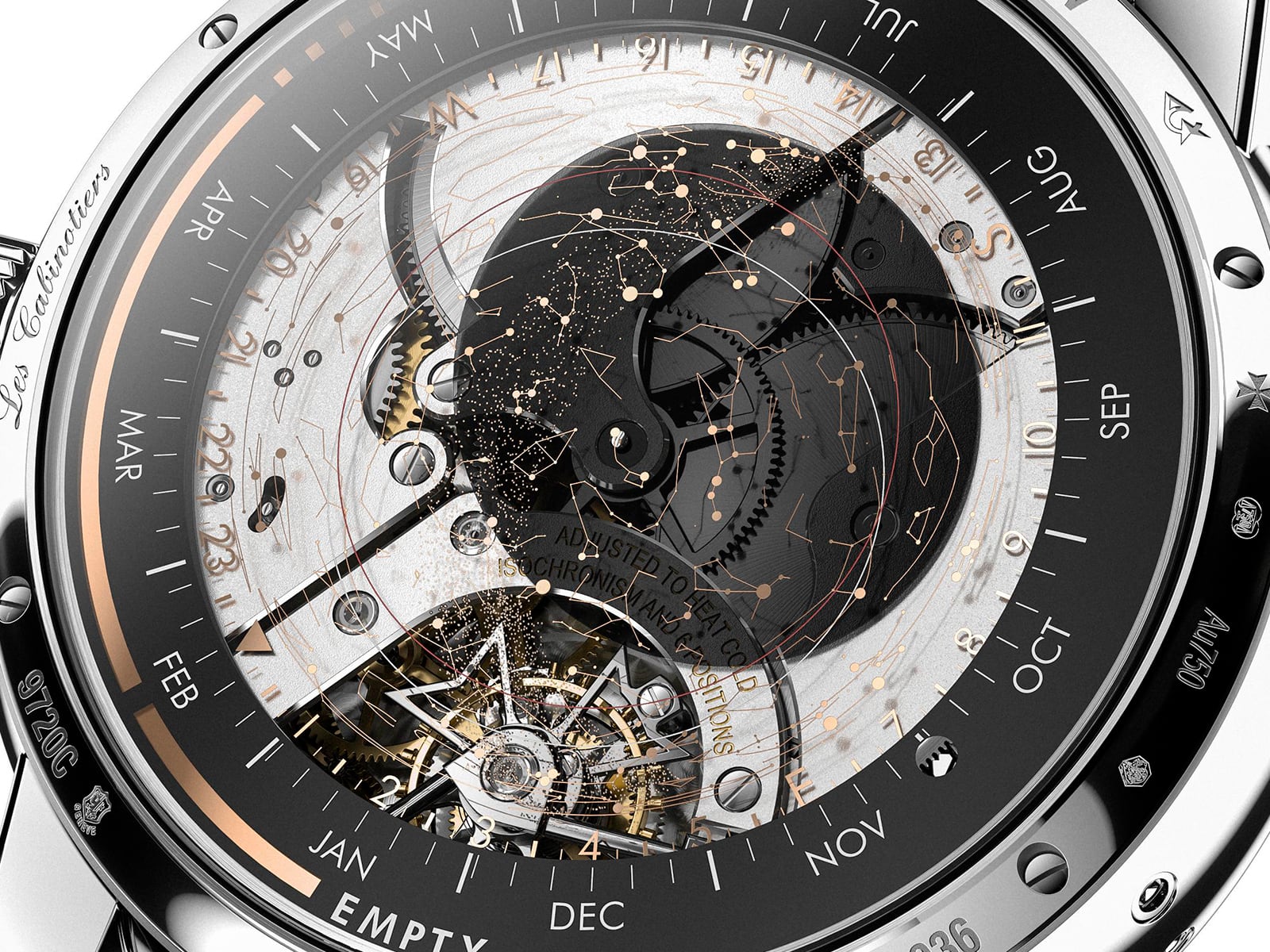
Sidereal Time
Turning the watch over, we discover a stunning second dial, complete with a transparent celestial chart of the Northern Hemisphere, complete with an indication of the Milky Way. If you look closely, you will notice there are also two ovals incorporated into the display, one representing the celestial equator, and the other, the Eliptic Plane. Beneath the transparent stationary top disk is a second disk, which has a darkened oval on it. This second disk completes one full rotation per sidereal day, indicating the stars which are overhead at that specific point in time (although they are only visible at night, of course). Simplifying for the sake of brevity, sidereal time is based on the Earth’s rate of rotation relative to the stars rather than the Sun and is most commonly used by astronomers to determine the position of celestial objects.
Around the outside of the dial a ring shows the months of the year, with a small triangle on the rotating disk falling within the current month every day at midnight.
On the outermost periphery of the dial is a gauge-style power reserve indicator, which keeps track of the Celestia’s staggering 21-day power reserve delivered by no less than six mainspring barrels. At the bottom of the dial, visible beneath the transparent disks, one can gaze upon the hypnotic whirl of the tourbillion.
Powering this incredible mechanical masterpiece is the one-of-a-kind Caliber 3600, a hand-wound movement constructed from no less than 514 components, including 64 transparent jewels for optimal readability. The movement’s exceptional three-week power reserve is thanks to the use of a ductile Bioflex alloy mainspring. A total of six barrels connected in series power the three gear trains. It is adorned with the Hallmark of Geneva, a seal that certifies compliance with the traditions of Genevan workmanship and denotes the highest levels of quality.
Whilst certainly only accessible to the very privileged few, exceptional models such as the Celestia provide an eye-opening insight into the capabilities of the Vacheron Constantin Manufacture. You can be confident that all of these skills and expertise find their way into the main collections, resulting in a superb selection of timepieces that offer enviable quality and complexity. Visit our Perth Boutique to discover all the Vacheron Constantin collections today.









 Rolex
Rolex Blancpain
Blancpain Breguet
Breguet Breitling
Breitling Cartier
Cartier Hublot
Hublot Vacheron Constantin
Vacheron Constantin IWC Schaffhausen
IWC Schaffhausen Jaeger-LeCoultre
Jaeger-LeCoultre OMEGA
OMEGA Panerai
Panerai Roger Dubuis
Roger Dubuis TAG Heuer
TAG Heuer Tudor
Tudor FOPE
FOPE Agresti
Agresti L’Épée 1839
L’Épée 1839 Scatola
Scatola



